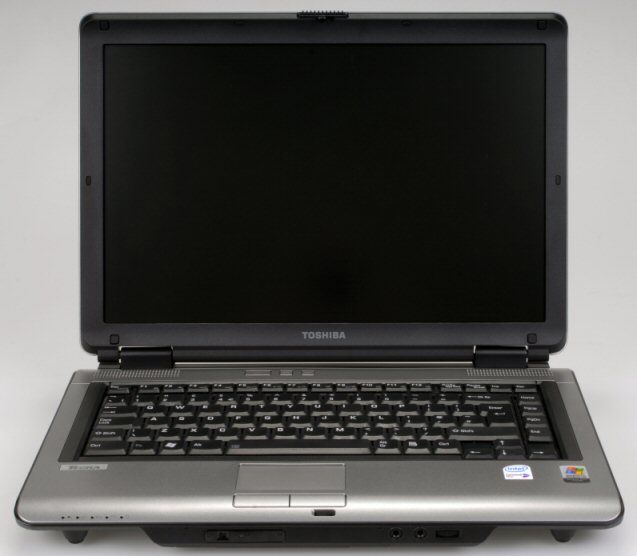With the number of notebooks now on the market it is hard to imagine that at one time, Toshiba had the game all to itself. With over 21 years of experience in portable computing it knows a thing or two about mobility. Take the Tecra A6 for instance, it may not be the best looking of machines coming, looking like an identikit fit to most other grey box machines but we’ve be using it out and about for the last few days and it’s a machine that is designed to get the job done.
Our quick take
The Toshiba Tecra A6 may not be the most striking or feature rich of machines on the market but it comes in at a comfortable weight with a battery life to match. If you’re on a strict budget and battery life is a priority, you’ll be glad of the A6.

Toshiba Tecra A6 laptop - 3.5 / 5
| FOR | AGAINST |
|---|---|
|
|
The main selling point of this machine has to be the battery life. We regularly got well over 4 hours from a single charge, which means even on longer journeys you won’t be panicking about whether you’ll get to the end of the film, or Word document, before you need to find a plug. When it’s not being used, the 2.4kg weight means it isn’t a burden to carry around with you. The look may be perfunctory, but the design is strong and sturdy, which means you can carry it around without worrying whether it’ll buckle on you.
Sure, the screen is only 14.1-inches and comes with a standard coating but this means you won’t get any glare when using out and about. It’s a widescreen panel though, so the chassis isn’t too compact, which means the keyboard doesn’t have the most space available but the keys are solid and responsive. The quality of the keyboard can often make or break a notebook and in the case of the A6 it certainly makes it.
Designed with mobility in mind, you won’t find the fastest components inside. For instance, the processor is the Intel Core Solo T1300, which is the single core variant of Intel’s dual-core chip but it’s still faster than the old Pentium M chips. The 512MB of memory is standard for a machine in this price range but it’s the minimum you should opt for, if you’ve a little more cash get this upgraded to 1024MB, as you’ll really see the difference in performance. The 40GB hard drive, once again is average for the price but it’ll easily store all your files.
There is an optical drive built-in, which can record to all formats as it supports DVD+/-RW as well as DVD-RAM. Sonic RecordNow and WinDVD Creator software are included for use with the drive. High-speed wireless connections can be configured using integrated 802.11a/b/g, but Gigabit Ethernet speeds are instead replaced by the slower 10/100 Base-T standard.
To recap
If you’re looking for a fully featured notebook with plenty of staying power, this is a great machine but you won’t find little extras as standard
